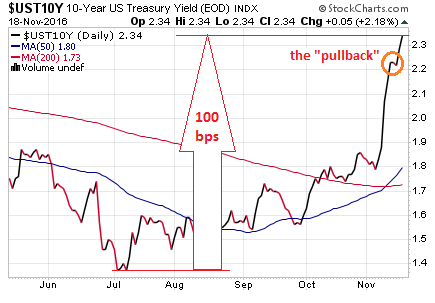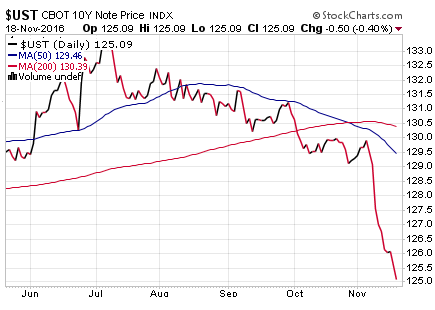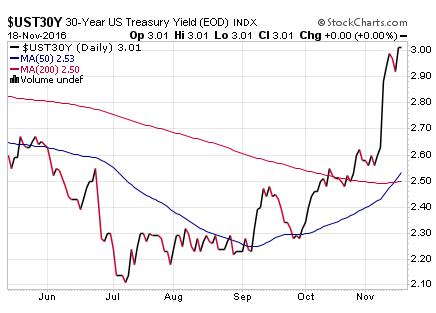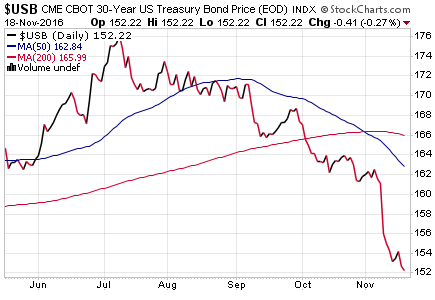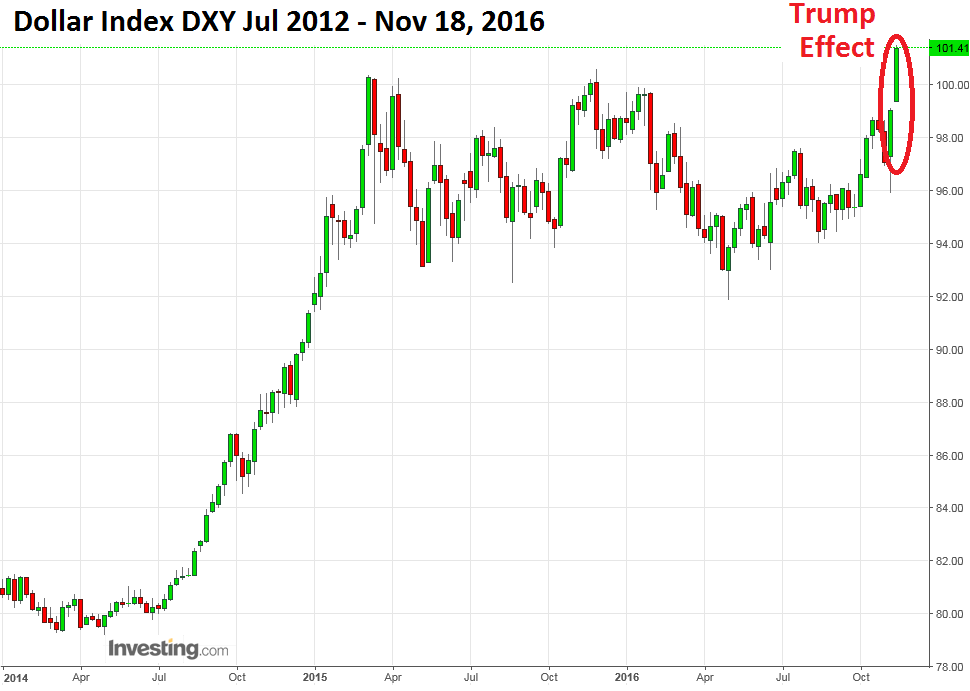THE euro has plunged to its lowest level against the dollar since December 2015, as experts warned the currency could collapse next week amid concerns for the eurozone economy.
Investors have frantically dumped the single currency over 10 consecutive trading sessions - the worst performance since the euro was introduced in 1999.
Head of the European Central Bank (ECB) Mario Draghi failed to ease fears after warning that the eurozone recovery depends on action by monetary policymakers.
Since the start of November the single currency has tumbled by around five per cent against the dollar, to sit at around 1.0584.
Head of the European Central Bank (ECB) Mario Draghi failed to ease fears after warning that the eurozone recovery depends on action by monetary policymakers.
Since the start of November the single currency has tumbled by around five per cent against the dollar, to sit at around 1.0584.
The two currencies are set to reach parity and the euro could even dip below one.
Mr Draghi's comments were seen as a hint that the ECB is set to extend its trillion euro money-printing programme in another desperate bid to shore up the economy.
But the US central bank - the Federal Reserve - is moving in the opposite direction and is expected to raise interest rates next month.
As a result, the dollar has experienced a huge rally.
But the US central bank - the Federal Reserve - is moving in the opposite direction and is expected to raise interest rates next month.
As a result, the dollar has experienced a huge rally.
Fawad Razaqzada, market analyst at Forex.com, said: "The EUR/USD is still limping, now below 1.06.
"It could absolutely collapse next week as the dollar appreciates further.
"The market seems convinced that the Fed will hike interest rates in December and tighten its belt further in 2017.
"Meanwhile the ECB and other major central banks are widely expected to maintain their current extremely loose policy stances intact well into 2017 at the very least.
"As such, the dollar is getting stronger across the board, but especially against currencies where the central bank is still uber-dovish such as the euro."
"It could absolutely collapse next week as the dollar appreciates further.
"The market seems convinced that the Fed will hike interest rates in December and tighten its belt further in 2017.
"Meanwhile the ECB and other major central banks are widely expected to maintain their current extremely loose policy stances intact well into 2017 at the very least.
"As such, the dollar is getting stronger across the board, but especially against currencies where the central bank is still uber-dovish such as the euro."
